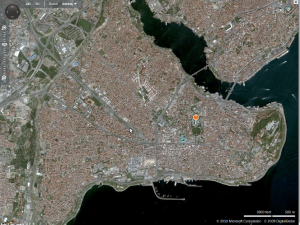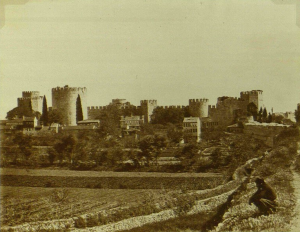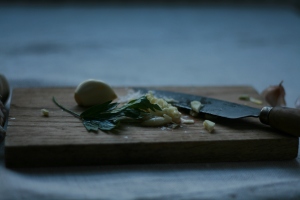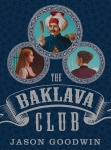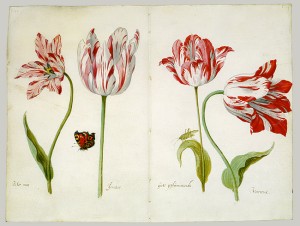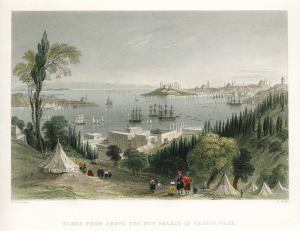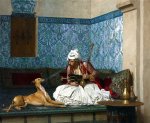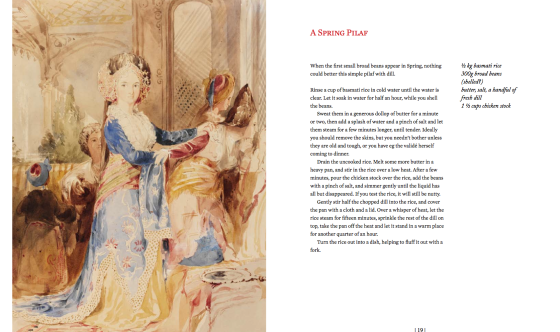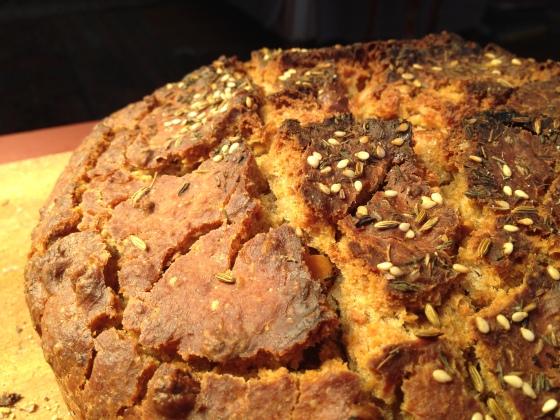A Yashim cookery book would be an appetising prospect.
The Guardian

Here is the cover design for YASHIM COOKS ISTANBUL, featuring the recipes used by Yashim, my Ottoman investigator, over the course of his five published adventures. They range from light meze to serious dishes, pilafs, puddings, pastries and pickles, imbued with Ottoman flavours.
So many of you urged me to write this book. It has meant a lot of testing and experimentation. So nettle pilaf didn’t make the cut; nor did Priest’s Stew, a beef daube with vinegar backnotes. Good, but not that good – but wait till you try the sensational beetroot pilaf! And please let me know what you think of the cover.
One of the great things about the book is that it allows me to take control, seeing it through from conception to design to edit to print. I’ve had some brilliant professional assistance, especially on design and editing. I’m talking to several printers, in the UK, China and Italy and – whoever gets the job – the book is going to be a feast. It will be a hard case book of 224 pages, full colour throughout, on tactile, bulky, offset woodfree paper. Head and tail bands, gorgeous endpapers. Final details to be decided.
As well as illustrating the recipes we have studded the book with stunning visual references that put Yashim’s Istanbul on display – Ottoman costume, street scenes, some really early photographs. The recipes are interlaced with scenes from the Yashim books which deal with food. The recipes themselves aren’t complex and they don’t need to you to go out and find wildly exotic ingredients. Turkish food isn’t like that – it’s more about warm spices, nuts, vegetable dishes, pilafs. There are recipes for lamb and fish, lots of salads, and little meze for snacks or starters. If you know Istanbul, you’ll know it’s about freshness, things in season, and sometimes the simplest things being the most delicious.
The official launch date for publication is October 27th.
Meanwhile I’m going to keep in closer touch with Yashim’s readers by sending out the occasional email. Letters are, frankly, more my style. If you’d like to receive them, just subscribe here.



